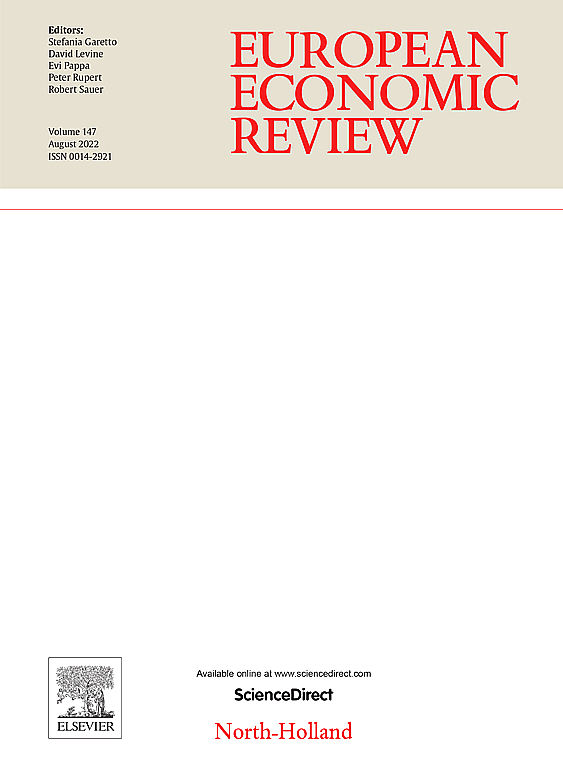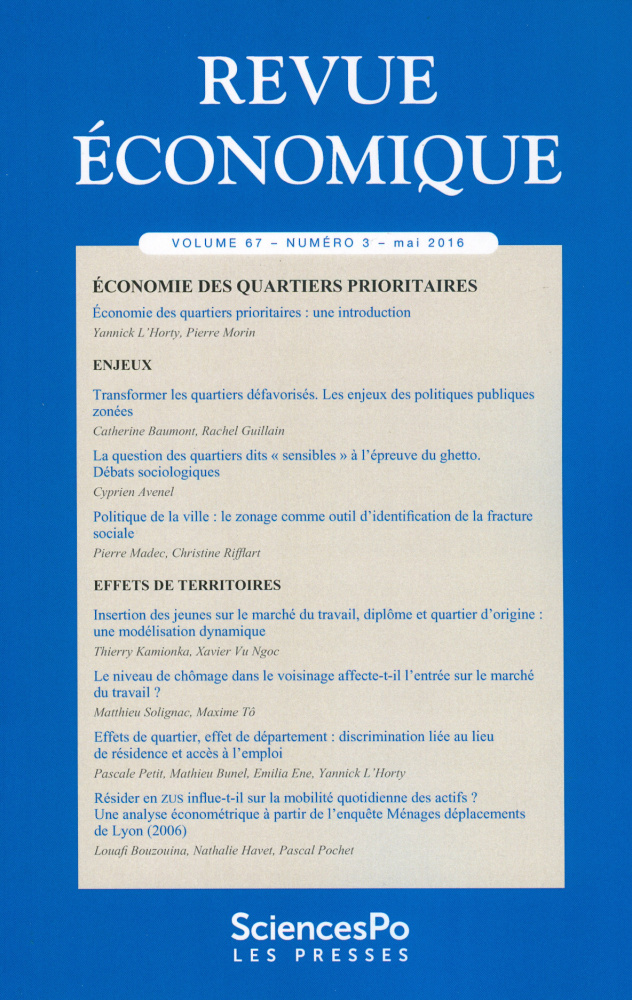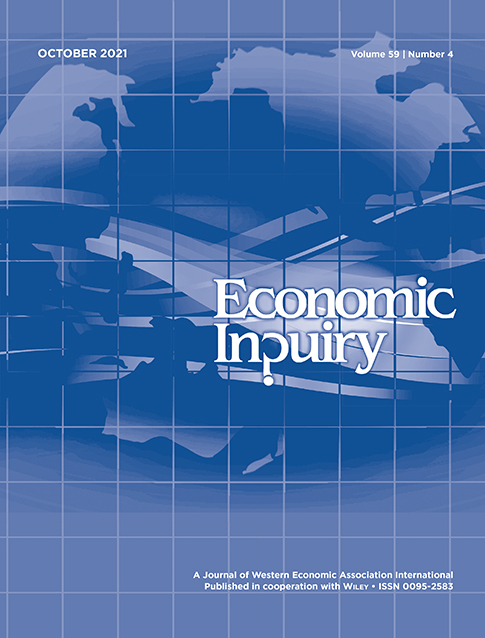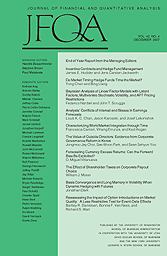Regulierung internationaler Finanzmärkte und Banken
Diese Forschungsgruppe analysiert Ursachen und Konsequenzen von internationalen Aktivitäten von Banken sowie den regulatorischen Rahmen, innerhalb dessen globale Banken operieren.
International aktive Banken können eine effiziente internationale Kapitalallokation vereinfachen und zur internationalen Risikoteilung beitragen. Allerdings können sie auch Instabilitäten generieren und zu einer Übertragung von Schocks über nationale Grenzen hinaus beitragen. Dies ist einer der Gründe für die aktuelle Re-Regulierung des internationalen Bankensystems.
Die Forschungsgruppe trägt auf drei verschiedenen Wegen zur Literatur bei. Erstens analysiert die Gruppe empirisch, warum internationale Banken global aktiv sind und wie Schocks im Finanzsystem übertragen werden. Zweitens untersucht die Gruppe das Entstehen von systemischen Risiken und Ungleichgewichten im integrierten Bankenmarkt und die sich daraus ergebenden Konsequenzen für die Realwirtschaft. Drittens werden die Auswirkungen von Änderungen bezüglich der Bankenaufsicht und Bankenregulierung analysiert, mit einem besonderen Fokus auf dem europäischen Integrationsprozess
IWH-Datenprojekt: International Banking Library
Forschungscluster
Wirtschaftliche Dynamik und StabilitätIhr Kontakt

Mitglied - Abteilung Finanzmärkte
PROJEKTE
07.2017 ‐ 12.2022
Die politische Ökonomie der europäischen Bankenunion
Europäischer Sozialfonds (ESF)
Ursachen für nationale Unterschiede in der Umsetzung der Bankenunion und daraus resultierende Auswirkungen auf die Finanzstabilität.
01.2015 ‐ 12.2017
Dynamic Interactions between Banks and the Real Economy
Deutsche Forschungsgemeinschaft (DFG)
Referierte Publikationen

Completing the European Banking Union: Capital Cost Consequences for Credit Providers and Corporate Borrowers
in: European Economic Review, September 2022
Abstract
The bank recovery and resolution directive (BRRD) regulates the bail-in hierarchy to resolve distressed banks in the European Union (EU). Using the staggered BRRD implementation across 15 member states, we identify banks’ capital cost responses and subsequent pass-through to borrowers towards surprise elements due to national transposition details. Average bank capital costs increase heterogeneously across countries with strongest funding cost hikes observed for banks located in GIIPS and non-EMU countries. Only banks in core E(M)U countries that exhibit higher funding costs increase credit spreads for corporate borrowers and contract credit supply. Tighter credit conditions are only passed on to more levered and less profitable firms. On balance, the national implementation of BRRD appears to have strengthened financial system resilience without a pervasive hike in borrowing costs.

A Note of Caution on Quantifying Banks' Recapitalization Effects
in: Journal of Money, Credit and Banking, Nr. 4, 2022
Abstract
Unconventional monetary policy measures like asset purchase programs aim to reduce certain securities' yield and alter financial institutions' investment behavior. These measures increase the institutions' market value of securities and add to their equity positions. We show that the extent of this recapitalization effect crucially depends on the securities' accounting and valuation methods, country-level regulation, and maturity structure. We argue that future research needs to consider these factors when quantifying banks' recapitalization effects and consequent changes in banks' lending decisions to the real sector.

Technical Optimum of Bank Liquidity Creation
in: Revue Economique, Nr. 3, 2022
Abstract
This paper generates a technical optimum of bank liquidity creation benchmark by tracing an efficient frontier in liquidity creation (bank intermediation) and questions why some banks are more efficient than others in such activities. Evidence reveals that medium size banks are most correlated to efficient frontier. Small (large) banks—focused on traditional banking activities—are found to be the most (least) efficient in creating liquidity in on-balance sheet items whereas large banks—involved in non-traditional activities—are found to be most efficient in off-balance sheet liquidity creation. Additionally, the liquidity efficiency of small banks is more resilient during the 2007-2008 financial crisis relative to other banks.

Firm-specific Forecast Errors and Asymmetric Investment Propensity
in: Economic Inquiry, Nr. 2, 2022
Abstract
This paper analyzes how firm-specific forecast errors derived from survey data of German manufacturing firms over 2007–2011 relate to firms' investment propensity. Our findings reveal that asymmetries arise depending on the size and direction of the forecast error. The investment propensity declines if the realized situation is worse than expected. However, firms do not adjust investment if the realized situation is better than expected suggesting that the uncertainty component of the forecast error counteracts good surprises of unexpectedly favorable business conditions. This asymmetric mechanism can be one explanation behind slow recovery following crises.

Gender, Credit, and Firm Outcomes
in: Journal of Financial and Quantitative Analysis, Nr. 1, 2022
Abstract
Small and micro enterprises are usually majority-owned by entrepreneurs. Using a unique sample of loan applications from such firms, we study the role of owners’ gender in bank credit decisions and post-credit-decision firm outcomes. We find that, ceteris paribus, female entrepreneurs are more prudent loan applicants than are males, since they are less likely to apply for credit or to default after loan origination. The relatively more aggressive behavior of male applicants pays off, however, in terms of higher average firm performance after loan origination.














